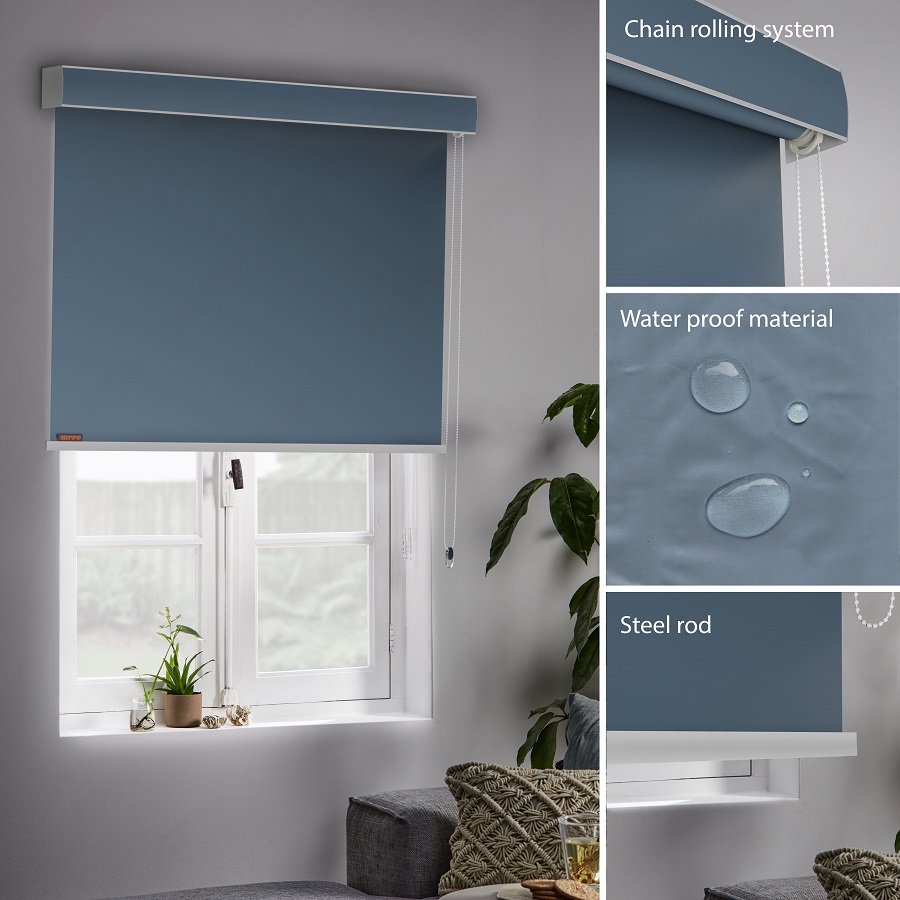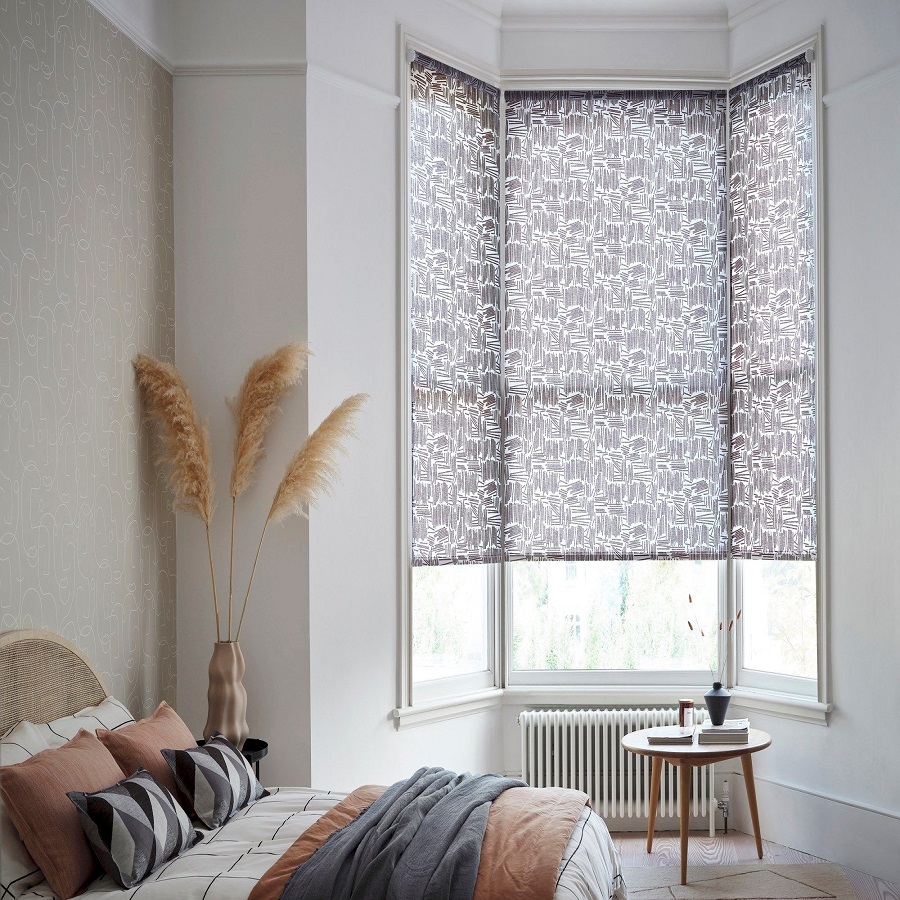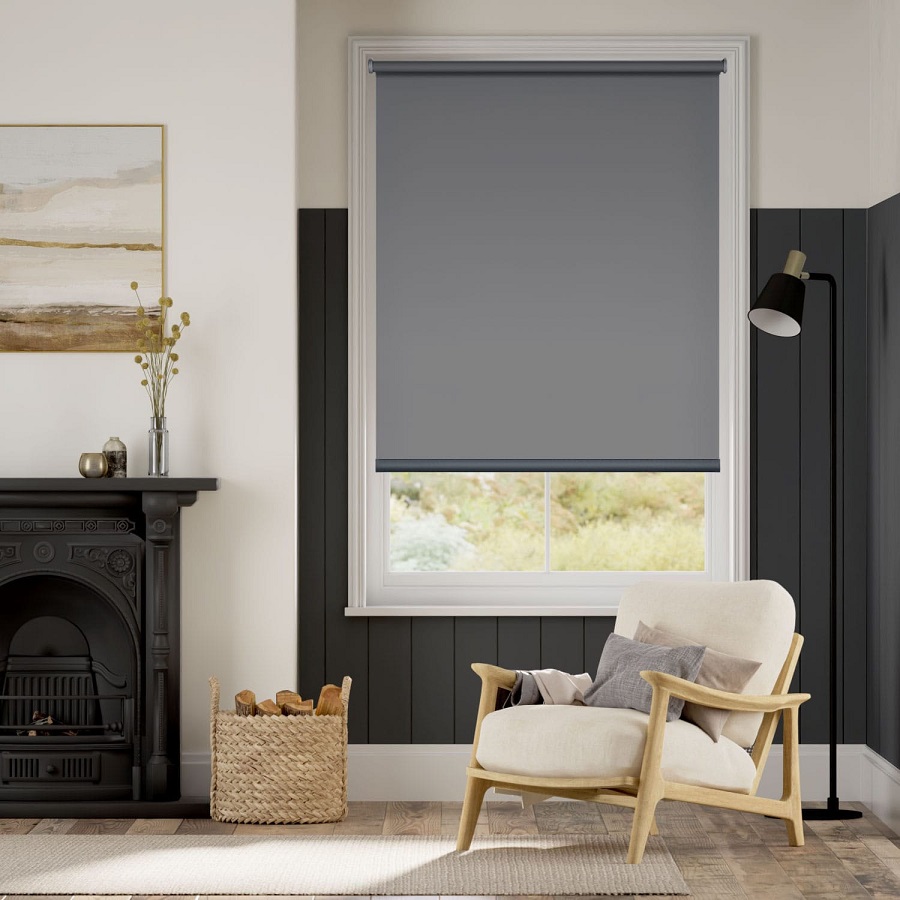Window blinds are an essential addition to any home or office, offering both privacy and a stylish aesthetic. However, while purchasing blinds can be straightforward, the cost of installation is often a topic of concern for many homeowners. The labor cost for installing window blinds can vary depending on a number of factors, including the type of blinds, the complexity of the installation, and the geographic location. In this article, we will explore the various factors that influence labor costs and offer practical advice on what you can expect when hiring a professional to install your window blinds.
What Factors Affect Labor Costs for Installing Window Blinds?
Type of Blinds
One of the most significant factors in determining the labor cost for installing window blinds is the type of blinds you choose. Different types of blinds require different installation processes, which can affect the amount of time and effort needed to complete the job. For example, traditional vertical blinds may take less time to install than more complex options like Roman shades or motorized blinds.
Installation Difficulty and Time
The complexity of the installation process is another critical factor in labor costs. Installing window blinds in a standard window is typically quick and easy, especially with pre-measured, ready-to-install blinds. However, custom blinds or blinds for windows that require special fittings, such as bay windows or skylights, can add to the time and labor involved in the installation.
For instance, if your window has an unconventional shape or size, a professional installer may need to make adjustments, which could lead to higher costs. Additionally, installing motorized or smart blinds, which require wiring and sometimes additional components, will also increase labor charges due to the extra technical expertise required.
Geographic Location
Labor costs for installing window blinds can also be influenced by your location. In larger metropolitan areas where the cost of living is higher, labor charges may be more expensive compared to rural or suburban areas. It’s always a good idea to get quotes from a few installers to gauge the average price in your area. Keep in mind that if you live in a high-demand region, the price may also reflect the competitive nature of the business.

Average Labor Costs for Installing Window Blinds
General Price Range for Installation
Labor costs for installing window blinds can vary, but on average, homeowners can expect to pay anywhere between $50 to $100 per hour for professional installation. The total cost depends on several factors such as the type of blinds, the number of windows, and the complexity of the job. For example, installing basic horizontal blinds may cost around $20 to $50 per window, while installing more intricate window treatments such as Roman shades, custom draperies, or motorized blinds could cost between $75 to $150 per window.
Pricing Per Window vs. Hourly Rates
Some installers charge by the window, while others charge by the hour. If you’re installing blinds in a standard-sized window, you might be quoted a flat rate per window. However, larger windows or windows with complex frames may require additional time, so hourly rates may be more appropriate. Be sure to clarify the pricing structure with your installer upfront, so there are no surprises at the end of the job.
Additional Costs to Consider
Measuring and Customization Fees
In some cases, additional costs may arise during the process of selecting and installing window blinds. If you choose custom blinds, the installer may need to take precise measurements to ensure a perfect fit, which can add to the overall cost. Many installers offer free measuring services, but some may charge for this service, especially if the job is particularly intricate or the window sizes are non-standard. Expect to pay anywhere from $30 to $80 for measuring and consultation services.
Disposal Fees
Another often overlooked cost is the disposal of old blinds. If you’re replacing existing window coverings, be sure to ask the installer whether disposal of the old blinds is included in the price. Some installers offer this as a courtesy, while others charge a small fee, typically ranging from $10 to $30 per set of blinds.
Travel and Setup Fees
If you’re located outside of the installer’s regular service area, you may be subject to additional travel fees. Similarly, if the installation requires special tools or equipment, there could be setup fees to cover the cost of bringing in specialized tools. These fees can range from $20 to $50, depending on the distance and the type of installation required.
Hiring the Right Professional for the Job
Qualifications and Experience of the Installer
When hiring a professional to install your window blinds, it’s essential to look for an experienced installer who has a proven track record with the type of blinds you’re purchasing. Look for certified professionals or those who have received positive reviews from previous customers. A good installer should not only be skilled in the technical aspects of installation but should also be knowledgeable about different types of blinds and window treatments.
Get Multiple Quotes
Before settling on an installer, it’s always wise to get quotes from several professionals. This allows you to compare prices, services, and customer reviews. Keep in mind that the lowest price may not always represent the best value. Ensure that the quote includes all costs—labor, materials, and any extra fees—and ask about the timeline for installation. You don’t want to find out after the fact that there are hidden charges or that the job will take much longer than expected.

DIY vs. Professional Installation: Is It Worth Hiring an Expert?
When DIY Installation Makes Sense
While it might be tempting to save money by installing your window blinds yourself, it’s important to assess your skill level and the complexity of the job. If you’re installing simple, pre-measured blinds on standard-sized windows, you may be able to tackle the project yourself. Many blinds come with detailed instructions and easy-to-use mounting kits that make DIY installation feasible for a homeowner with basic tools and knowledge.
However, DIY installation can be time-consuming, especially if you’re unfamiliar with the process or working with tricky window frames. Mistakes in measurements, mounting, or the handling of materials could lead to damaged blinds or unsatisfactory results. Moreover, if your blinds require special adjustments or electrical work, it’s best to hire a professional.
The Advantages of Professional Installation
Hiring a professional installer offers several benefits. First and foremost, an expert will save you time and ensure that the blinds are installed correctly the first time. Professionals can handle difficult window shapes, heavy-duty blinds, and special features like motorized controls with ease. Additionally, many installers offer warranties on their work, which can give you peace of mind in case something goes wrong.
If you’re unsure whether to tackle the job yourself or hire an installer, consider the complexity of the project and the potential for frustration or errors. Professional installation can be a worthwhile investment, especially when the job requires more than just basic know-how.
How to Save on Labor Costs for Installing Window Blinds
Shop Around for Discounts and Promotions
If you’re on a budget, there are several ways to save on labor costs for installing window blinds. Start by shopping around for discounts on both blinds and installation services. Many retailers offer promotions, especially during holiday seasons, that can help you get the best deal on both the products and installation.
Additionally, some installers offer discounts for first-time customers or bundle deals if you’re installing blinds in multiple rooms. Don’t hesitate to inquire about any available discounts or package offers.
Consider Purchasing Blinds Online or from a Big-Box Store
Another way to reduce costs is by purchasing your blinds from online retailers or big-box stores, where prices are often more competitive. Some major stores, such as Home Depot or Lowe’s, offer low-cost installation services when you purchase their blinds, which can save you a significant amount of money. Just make sure to factor in the cost of shipping and any associated fees when comparing prices.

Take Advantage of Group Discounts
If you have friends, neighbors, or family members who also need window blinds installed, consider organizing a group discount with an installer. Many professionals offer reduced rates for larger projects or bulk installations, so it may be worth combining multiple jobs for a better price.
Final Thoughts
The labor cost for installing window blinds can vary greatly depending on the type of blinds, the complexity of the installation, and your location. By understanding the factors that contribute to these costs and taking steps to minimize them, you can ensure that your blinds are installed professionally without breaking the bank. Whether you choose to hire a professional or take the DIY route, always do your research, compare prices, and weigh the pros and cons to find the best solution for your needs.








